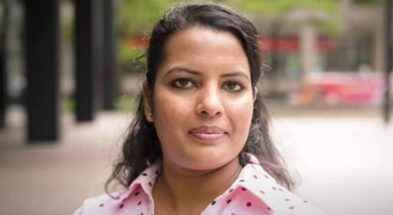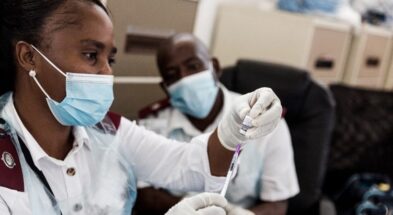India contributes the highest number of under-vaccinated or unvaccinated children to the global figures under “zero-dose children” at 3.5 million. This is an increase of 1.4 million amid the Covid-19 pandemic since 2019, UNICEF’s latest report revealed.
“Over 3 million of these “Zero-dose Children” in 2020 lived in India,” the United Nations Children’s Emergency Fund (UNICEF) noted in a statement. “India was severely hit due to the Covid-19 pandemic, and had an increase of 1.4 million compared with 2019.”
South Asia has witnessed around 4.4 million children who did not receive any routine vaccination in the last ten years.
The data also indicates that ten countries worldwide account for 62% of all under- or unvaccinated children.
UNICEF report said India had 2.1 million unprotected children in 2019, while Pakistan had witnessed 1.3 million unprotected children in 2020 alone. This is an increase of 0.4 million as compared to 2019 numbers.
Unprotected children are those who are exposed to viruses as they have either been partially vaccinated or unvaccinated.
“Most of these children did not even receive a single vaccine during the year which is an indication that the most vulnerable, hard-to-reach children are paying the steepest price for pandemic-related interruptions to getting access to the vaccine,” report stated.
Elaborating on the drops in types of vaccination, including DTP3 (diphtheria tetanus pertussis), the vaccination rates are reduced by 9% and 7% in Nepal and Pakistan, respectively. However, Sri Lanka slipped by 3% to vaccinate children with the DTP3 vaccine; Bhutan and Afghanistan recorded a decline of 2%. India fails to immunize 6% of its children with the DTP3 vaccine.
Keeping this view in mind, UNICEF has decided to partner with the Indian government to offer help to continue essential health and immunization services by planning, implementation, and monitoring of various strategies to detect and inoculate missed children.
The children’s body also aims to support creating awareness and confidence among communities to vaccinate their children and reinforcing the chain to promote immunization routinely.



















